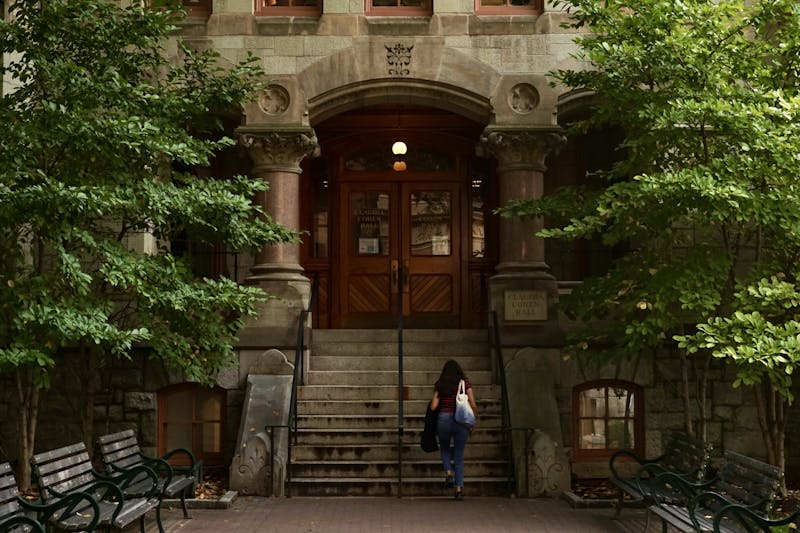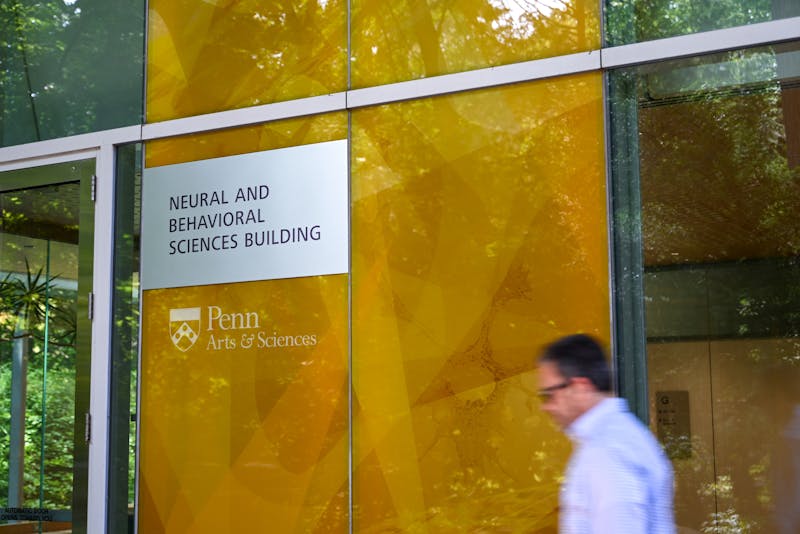Furthering Penn's efforts to raise the bar in education, the School of Medicine has created a new program to ensure that Penn-educated physicians are better prepared to deal with the patient-doctor relationship.
This program, if successful, could herald a new era in the way doctors and patients interact with each other across the nation.
The Doctoring Longitudinal Patient-Centered Experience is billed as an innovative way of familiarizing Penn's medical students with patient care early in their careers. While most medical schools do not introduce students into the clinical setting until their second or third year, this program pairs students with a patient during the students' first year.
The program "gives students a good idea of the patient as a person," said program director Paul Lanken, who is a medical professor and associate dean for professionalism and humanism.
The program pairs each patient suffering from a chronic health condition -- such as diabetes, heart disease or Parkinson's -- with two students in their first year of medical school. It continues for three years, with students contacting their patients at least once a month as well as when the patient is hospitalized or visits the office of his or her doctor.
"It's patient-centered because it is focused on the patient, not the student," Lanken said. "[It was] a missing element in the curriculum for the first two years of medical school."
Many hours of simply studying disease can become a trap, Lanken said. Most of the learning is student-centered -- gained from lectures, manuals, and textbooks -- and later applied in a clinical setting. This program helps students learn about diseases and chronic illnesses from the patient's perspective.
"The primary benefit is that you get the opportunity to know about being a patient from a patient's perspective," Penn medical student Caitlin Rollins said.
Students also conduct interviews to see how illness affects a patient's family and life, Lanken said. They make house calls once a year.
"Students are encouraged to take the same mode of transportation as the patient to get a feel for the neighborhood," Lanken said.
Rollins emphasized other benefits of the home-visit initiative.
It can offer "the chance to see other cross-cultural issues because you don't really know what it's like to be someone from another culture trying to get medical care in the Western world," she said.
Approximately two-thirds of the patients in the program live in Philadelphia, and about one-third are residents of West Philadelphia.
"Students who come from an upper-middle-class background may not understand the effects of poverty and illiteracy," Lanken said, noting that each medical school has a unique approach to education.
The patients who are chosen for the program range in age from 3 months to 96 years and vary in cultural and socioeconomic background.
"It gives us the chance to be involved in community-based healthcare," Rollins said, adding that students assist patients in organizing their healthcare and finding resources in their area.
"In medical school, things are constantly changing," Rollins said. "[This provides] the opportunity to have one constant thing to remind us of why we went to medical school."
The Daily Pennsylvanian is an independent, student-run newspaper. Please consider making a donation to support the coverage that shapes the University. Your generosity ensures a future of strong journalism at Penn.
DonatePlease note All comments are eligible for publication in The Daily Pennsylvanian.







